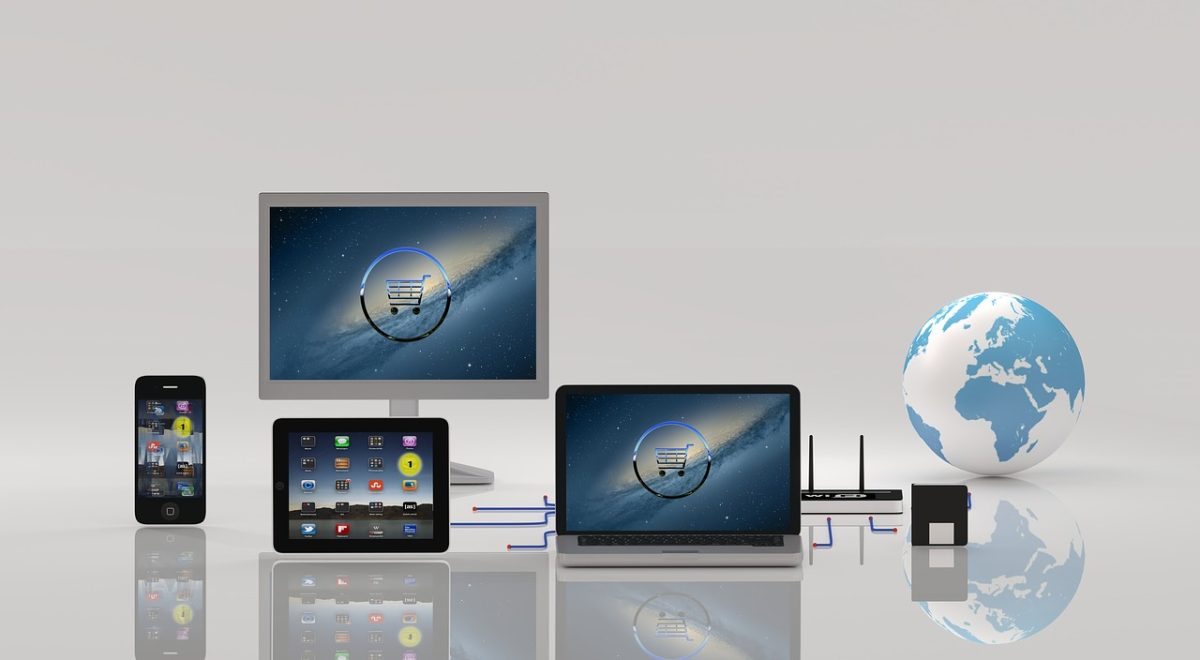Top 10 E-Commerce Trends in 2022

2020 was undoubtedly the year of eCommerce boom. Lockdowns ensuing from the Covid-19 pandemic kept consumers indoors, and attention drifted online, resulting in an over 30% surge in eCommerce sales in 2021.
Of course, the eCommerce sector is still enjoying massive growth, and this surge is inspiring several trends for 2022. We’ve kept close tabs on discoveries in this sector, and we’re highlighting 10 common e-commerce trends for 2022. Let’s discuss each of them:
1. Livestream and Social Shopping
A popular trend this year is that online retailers now offer prospective customers an opportunity to purchase via their social media accounts. Revenue from social media eCommerce is expected to exceed $600 billion within the next 5 years.
An example of this trend is the partnership between TikTok and Walmart to livestream certain shopping events. These events allow consumers to comment, ask questions, and buy desired products. Experts believe that social shopping will be embraced by every major brand during the end-of-year holiday season.
2. Augmented Reality Window Shopping
As fun as e-commerce shopping is, trying things on before payment is a habit that’s keeping users away. However, with augmented reality, consumers can have a digital feel of their cart purchase before payment.
Assuming you want to purchase a piece of furniture for your house. With Augmented Reality, you just have to point your phone toward a preferred spot for a realistic view of what the furniture will look like at the desired location. For shoes, you can upload a picture of your feet and see if the item looks good on you. What’s more? AR benefits in e-commerce are continuously being discovered, thus, this trend is undoubtedly one that will supersede expectations.
3. Sustainable Fashion Purchases
This entails buying eco-friendly fashion apparel or items produced in a stringent climate-conscious environment.
One of the largest contributors to climate change is eCommerce. Due to its use of packaging materials, and the transportation process for goods delivery; climate-conscious consumers are keen on limiting this impact by purchasing from businesses that use little or no environmental degradatory materials
4. Surge in M-Commerce
M-commerce, an acronym for mobile commerce, is the process of trading and purchasing via wireless handheld gadgets like tablets and smartphones. This is a type of eCommerce that allows consumers to buy online without using a desktop computer.
Over the years, there has been a steady rise in preference for mobile phone eCommerce purchases, and that trend is expected to continue in 2022. Thus, business owners must have improved access and user experience for mobile devices as a top priority.
5. Supply Chain as a Success Factor
The pandemic has shown us that supply chain disruptions are more than mere pain points in eCommerce, but a critical success factor. Overburdened supply chains, labor shortages, and lack of resources don’t only result in high costs. Rather, it severely impacts, and in a few instances, halts deliveries.
Is there anything more disheartening for eCommerce businesses than the inability to fulfill orders?
They often result in dissatisfied consumers and lost revenue. In 2022, eCommerce businesses have noticed the importance of the supply chain and are now more open to having alternatives.
6. Cookies
A cookie is a piece of encoded information stored on your browsers from a website to track specific behavior. These cookies notify the web server when you return to the website, with an aim to provide you with personalized offerings. This technology has been a trend in the past years, and it’s expected to remain in 2022.
For sure, more eCommerce platforms will start using cookies to improve revenue and turnover. However, there’s a slight threat to this trend. European authorities want to reduce how eCommerce platforms gather information via cookies and restrict how businesses monetize this information.
7. AI for Automating and Upselling
Businesses are improving their adoption of Artificial Intelligence to ensure that offerings are appropriately customized to consumers’ tastes, . Amazon, for example, gets 35% of its revenue from using AI to automate upselling and cross-selling. Ecommerce platforms also use AI to reply to customers’ inquiries, improve search results, and recommend product sizes.
8. Direct to Consumer Channel
Major brands like Nike, Pepsi, and Kraft Heinz company are using eCommerce to sell directly to consumers, as opposed to the traditional way of going through retailers. For example, NIKE had an increase of 82% in digital sales after reducing supply to wholesalers and prioritizing online purchases. The success of this approach will make more major brands go “the Nike way” in 2022.
9. Voice Search
Voice search is a trend that has been left untapped for a while now. Siri, Google Assistant, Cortana, etc. and other voice search enabled software from top tech firms are all around us, and eCommerce platforms are now tapping into the sector. A recently released research by Juniper shows that the sector is expected to result in $80billion of global sales in 2023 alone.
10. Omnichannel Selling
From this article, it’s possible to have a perception that most sales are made online. This is far from the truth as over 60% of sales still happen offline–due to consumers’ skepticism from bad experiences. Thus, businesses must appropriately coerce their target audience–this is especially paramount for small-scale eCommerce businesses.
Omnichannel selling is one surefire way of convincing prospects. Omnichannel selling is the integration of multiple platforms and the act of creating targeted ads on each of those platforms to target a specific set of users. For example, a lot of teens and young adults are active on both TikTok and Snapchat. Thus, for maximum effect, create dual advertisements on both platforms to convince the same set of young adults to purchase your products. Experts find this more convincing and it usually leads to better sales.
Read more articles on JayDevs.




